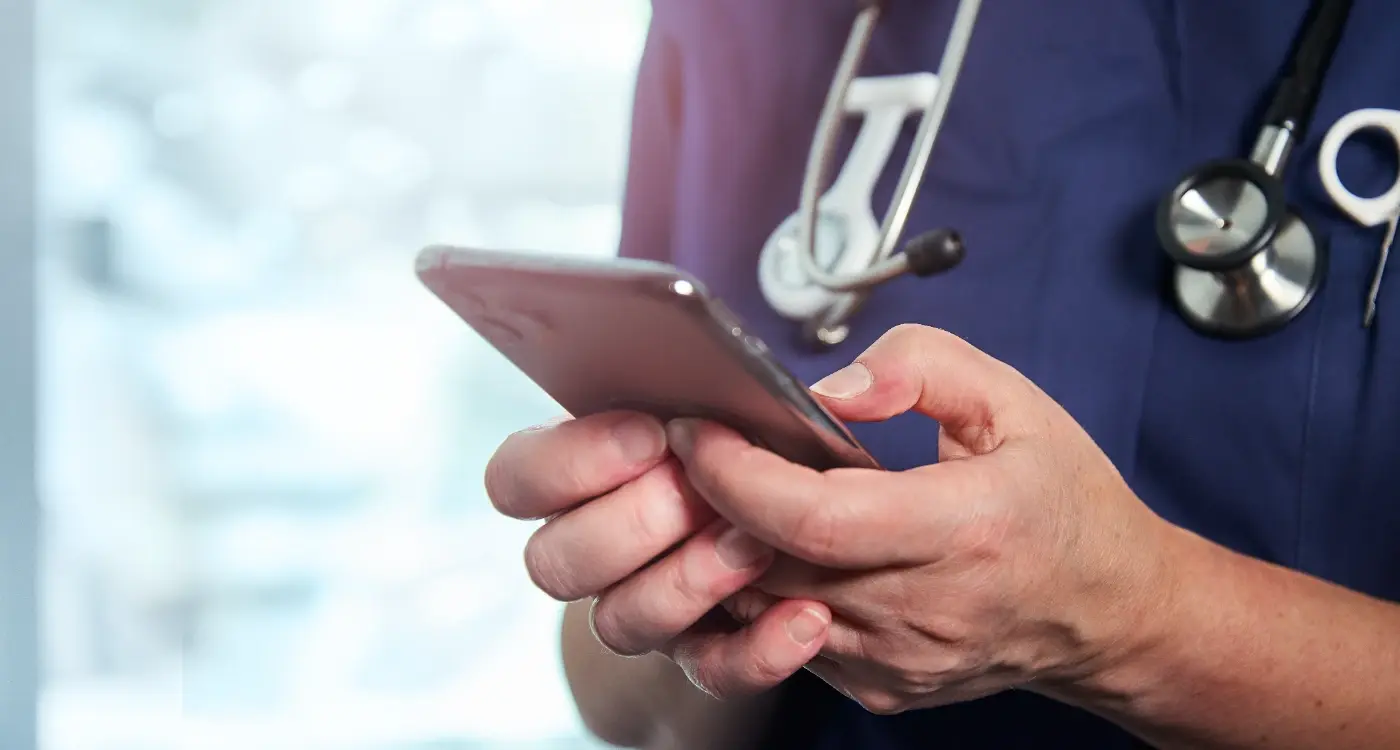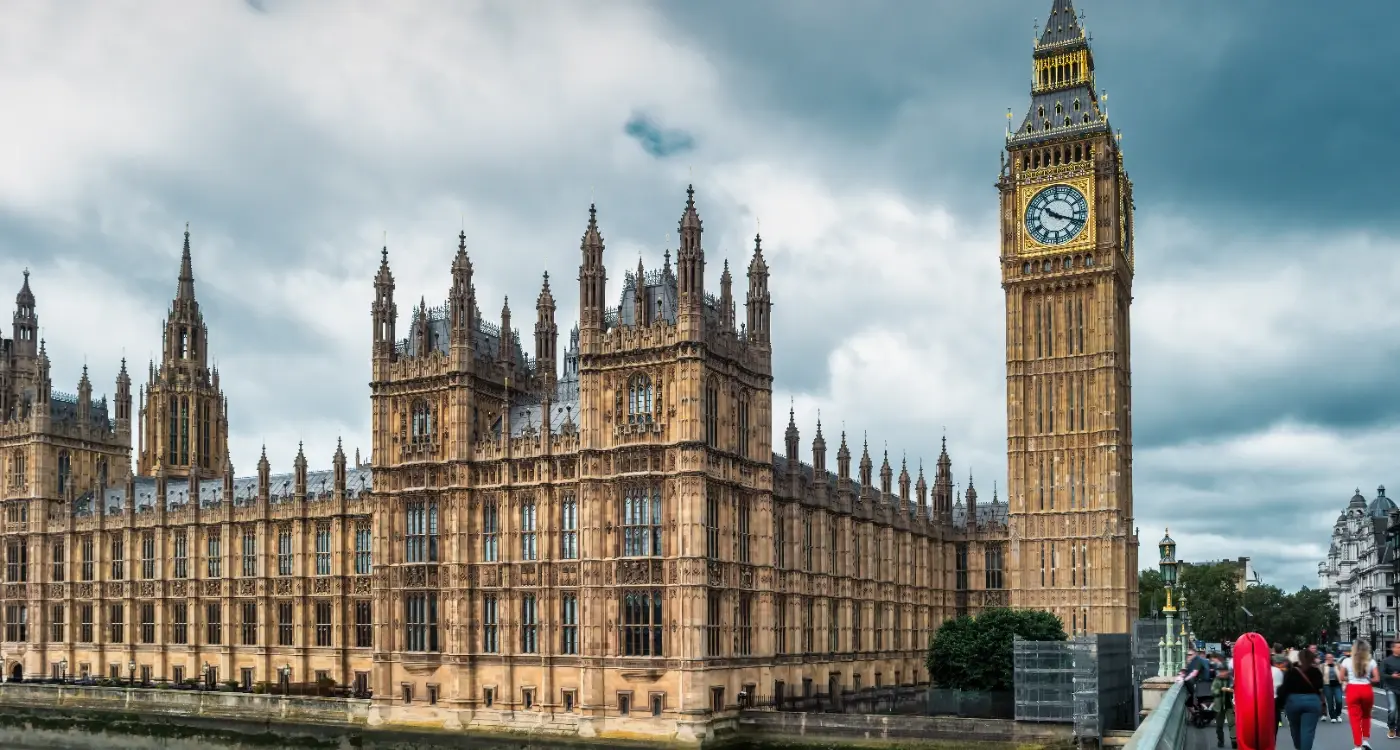Do I Need FDA or MHRA Approval For My Healthcare App?
Have you ever wondered whether your brilliant healthcare app idea might need government approval before it can reach users? This question keeps many app developers and entrepreneurs second-guessing their next steps, and for good reason—the regulatory landscape for healthcare apps can feel overwhelming at first glance.
The truth is, not every healthcare app needs FDA or MHRA approval. Far from it, actually! Many wellness apps, fitness trackers, and health information platforms operate perfectly legally without any regulatory approval whatsoever. But here's where it gets tricky: some healthcare apps do need approval, and the consequences of getting this wrong can be severe—we're talking hefty fines, legal troubles, and potentially putting users at risk.
The line between a wellness app and a medical device isn't always crystal clear, which is why understanding the regulatory requirements early in your development process is so important
Whether you're developing a simple symptom tracker or a complex diagnostic tool, this guide will help you understand exactly where your app sits in the regulatory framework. We'll walk through the key differences between apps that need approval and those that don't, explain the classification systems both agencies use, and give you practical steps to take if your app does fall under regulatory oversight. By the end, you'll know exactly what path your healthcare app needs to follow.
Understanding FDA and MHRA Regulation for Healthcare Apps
Let's get straight to the point—not all healthcare apps need regulatory approval, but the ones that do face strict rules. The FDA (Food and Drug Administration) in America and the MHRA (Medicines and Healthcare products Regulatory Agency) in Britain both have clear guidelines about which apps need their stamp of approval.
Both regulators focus on one main question: does your app diagnose, treat, cure, or prevent disease? If the answer is yes, you're likely dealing with a medical device that needs approval. Apps that simply track steps or remind you to take medication usually don't qualify as medical devices.
Key Regulatory Differences
The FDA and MHRA approach app regulation differently, though both aim to protect patients. The FDA has a more established digital health framework, whilst the MHRA follows European medical device regulations that changed significantly after Brexit.
- FDA uses a three-tier classification system (Class I, II, and III)
- MHRA follows the UK Medical Device Regulation with similar risk classifications
- Both require clinical evidence for higher-risk apps
- Processing times vary—FDA can take 6-18 months, MHRA typically 6-12 months
What Triggers Regulation
The regulators aren't interested in wellness apps that make general health claims. They care about apps that make specific medical claims or replace traditional medical devices. If your app analyses medical images, calculates drug doses, or provides diagnostic recommendations, you're in regulatory territory.
Types of Healthcare Apps That Need FDA and MHRA Approval
Right, let's get to the meat of it—which healthcare apps actually need regulatory approval? This is where things get a bit tricky because it's not always black and white. The key thing to understand is that both the FDA and MHRA focus on apps that function as medical devices or directly influence medical decisions.
Apps that diagnose, treat, cure, or prevent disease will almost certainly need approval. Think about apps that analyse medical images like X-rays or ECGs, calculate drug dosages, or control medical equipment remotely. These are the obvious ones that regulators are most concerned about because they directly impact patient safety.
High-Risk Medical Apps
Clinical decision support apps fall into this category too—apps that provide specific treatment recommendations based on patient data rather than just general health information. Apps that connect to medical devices and influence their operation are another clear example; if your app controls an insulin pump or analyses data from a pacemaker, you're definitely in regulatory territory.
If your app could potentially harm a patient if it malfunctions or provides incorrect information, it probably needs regulatory approval—when in doubt, consult with a regulatory expert early in your development process.
Apps That Transform Devices into Medical Equipment
Here's where it gets interesting—apps that turn smartphones or tablets into medical devices. Apps that use a phone's camera to detect skin conditions or measure vital signs are increasingly common examples. The regulators are paying close attention to these because they're essentially creating new medical devices using existing hardware, leveraging how mobile devices are revolutionising healthcare delivery across the industry.
Medical Device Classification and Your App
The FDA and MHRA don't just look at your app and decide whether it needs approval or not—they classify it first. This classification system determines how much scrutiny your app will face, and frankly, it can make or break your regulatory timeline.
Both agencies use a three-tier system that's actually quite straightforward once you get your head around it. The FDA uses Class I, II, and III, whilst the MHRA follows a similar pattern with Class I, IIa, IIb, and III. The higher the class, the stricter the requirements.
Understanding the Classification Levels
Class I devices pose the lowest risk—think basic fitness trackers or simple medication reminders. These usually get the lightest touch from regulators. Class II covers moderate-risk devices like blood pressure monitors or diabetes management apps that provide treatment recommendations. Class III? That's the heavy stuff—life-supporting or life-sustaining devices where failure could seriously harm someone.
- Class I: Low risk, minimal regulatory control
- Class II: Moderate risk, special controls required
- Class III: High risk, premarket approval needed
What This Means for Your Development Timeline
Getting your classification wrong at the start can add months to your project. I've seen teams assume they're Class I only to discover they're actually Class II halfway through development. The classification drives everything from your quality management system to your clinical evidence requirements, so nail this down early. Understanding realistic development timelines for healthcare apps becomes crucial when regulatory approval is required.
When Your Healthcare App Doesn't Need FDA or MHRA Approval
Good news—not every healthcare app needs to go through the lengthy regulatory approval process. Many apps fall into categories that are completely exempt from FDA and MHRA oversight, which means you can get your product to market much faster.
Apps That Stay Clear of Regulation
General wellness apps are the biggest group that dodges regulatory requirements. Think fitness trackers, meditation apps, diet planners, or step counters. These apps promote healthy living but don't diagnose or treat medical conditions. Educational apps that provide general health information also get a free pass—as long as they're not giving personalised medical advice.
Administrative tools are another safe category. Apps that help patients book appointments, store health records, or send medication reminders don't need approval. They're simply digital versions of tasks people already do manually, though you'll still need to consider proper patient data handling requirements for these functions.
The key distinction is whether your app influences medical decisions or simply supports general wellness and administrative tasks
Where the Line Gets Blurry
Some apps sit in grey areas. A heart rate monitor that just displays data probably doesn't need approval; one that interprets that data to suggest medical action might. Many wearable technology applications in healthcare fall into this category. When in doubt, consulting with regulatory experts early in development can save you headaches later—and that's where agencies with healthcare app experience become invaluable.
The FDA and MHRA Approval Process for Mobile Medical Apps
Right, so you've worked out that your app needs regulatory approval—now what? The process isn't as scary as it sounds, but it does require proper planning and attention to detail. Both the FDA and MHRA have created pathways designed to help developers navigate their requirements without getting lost in red tape.
Getting Started with Your Application
Before you submit anything, you'll need to determine your app's classification and risk level. We covered this earlier, but it's worth double-checking because getting this wrong will slow everything down. Once you're confident about your classification, you can choose the right submission pathway—510(k) for most FDA applications or CE marking for MHRA compliance.
The paperwork sounds daunting, but both agencies provide clear guidance documents. You'll need clinical evidence if your app makes medical claims, software documentation that shows how your app works, and risk management files that demonstrate you've thought about potential problems. Quality management systems are also required; this shows you have processes in place to maintain your app's safety and effectiveness over time. Consider whether you need to involve medical professionals in your development process to strengthen your application.
Timeline and What to Expect
FDA reviews typically take 90-180 days for standard 510(k) submissions, whilst MHRA processes can vary depending on your chosen route. Both agencies might ask questions or request additional information during review—this is normal, not a rejection. Budget for potential delays and plan your launch timeline accordingly.
Alternative Regulatory Pathways and Considerations
Sometimes the traditional FDA and MHRA approval routes aren't the best fit for your healthcare app. There are other pathways you might want to explore, depending on what your app does and where you plan to launch it.
The FDA offers something called the Pre-Submission Programme, which lets you have a chat with regulators before you formally apply. Think of it as asking for directions before you start your journey—it can save you loads of time and money later. You'll get feedback on your approach and find out if you're on the right track.
CE Marking for European Markets
If you're targeting European markets, CE marking might be your route instead of MHRA approval. This covers the entire EU and shows your medical app meets European safety standards. The process can be quicker than full regulatory approval, but you still need to demonstrate compliance with medical device regulations.
Quality Management Systems
Regardless of which pathway you choose, implementing a quality management system like ISO 13485 can strengthen your regulatory compliance. Many developers overlook this, but it shows regulators you're serious about maintaining consistent quality standards throughout your app's lifecycle. Factor this into your overall development costs for compliant healthcare apps.
Consider working with a regulatory consultant early in your development process. They can help you identify the most appropriate pathway and avoid costly mistakes that might require you to rebuild parts of your app.
Conclusion
After working with healthcare apps for years, I can tell you that regulatory approval doesn't have to be scary—it just needs to be understood. The key is figuring out early whether your app falls into the medical device category or not. This single decision shapes your entire development timeline, budget, and go-to-market strategy. Remember to implement proper user testing throughout your development process to ensure your app meets both regulatory requirements and user needs.
Most wellness and fitness apps won't need FDA or MHRA approval, which is good news for developers wanting to move quickly. But if your app diagnoses conditions, calculates drug doses, or directly controls medical equipment, you'll need to plan for the regulatory pathway from day one. The approval process takes time and money, but it's manageable when you prepare properly.
What I've learned is that the regulatory landscape keeps evolving as technology advances. The FDA's Digital Health Center of Excellence and MHRA's Software and AI as Medical Device guidance show both agencies are trying to keep pace with innovation whilst maintaining safety standards. They want to support useful healthcare technology, not block it.
My advice? Get regulatory guidance early in your development process, not as an afterthought. Whether you need approval or not, understanding where your app fits will save you headaches later. The investment in getting this right from the start pays dividends when you're ready to launch.
Share this
Subscribe To Our Learning Centre
You May Also Like
These Related Guides

How Can Developers Streamline Healthcare App Regulations?

Which Regulatory Frameworks Apply to Financial Mobile Apps?



